When we imagine an animal living in a shell, we think of it like a handy, portable house.
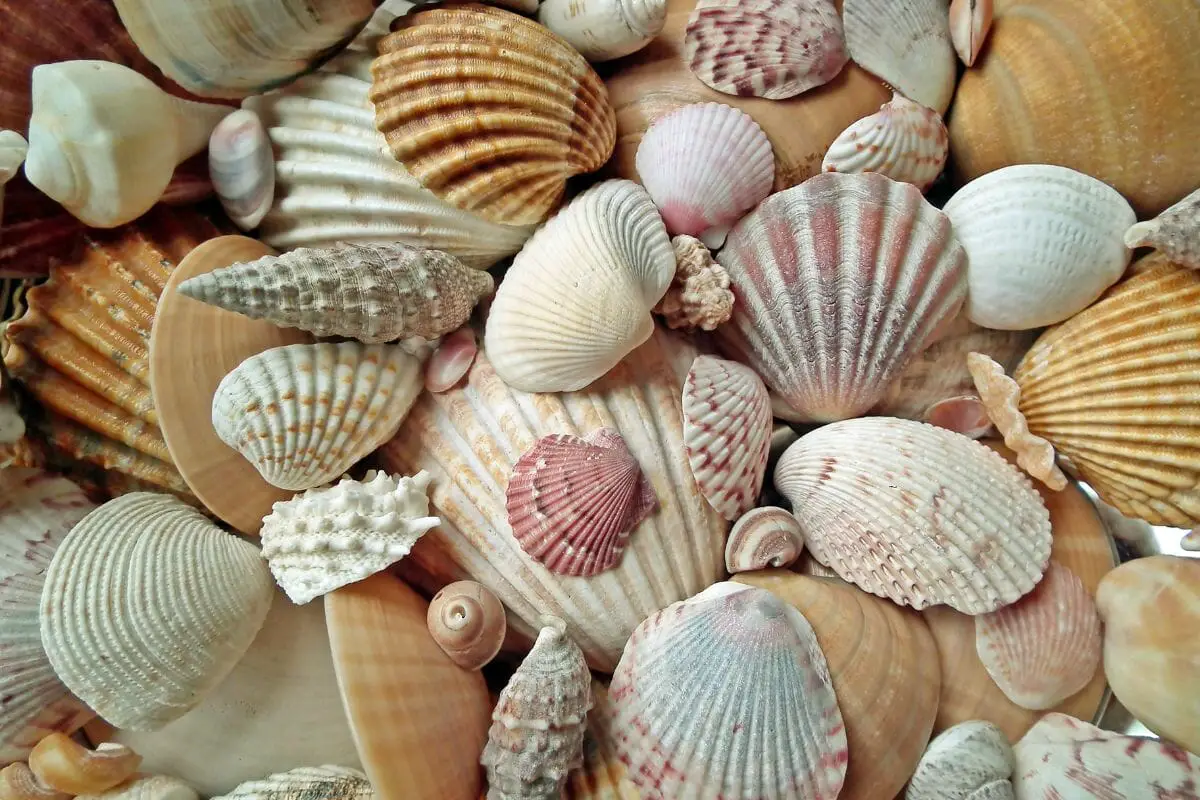
But shells have a lot more purposes than just shelter for an animal.
Often a shell houses an animal’s inner organs and it protects these organs from wind, rain, sun and predators.
A shell can also help a creature navigate around safely.
Each species uses its shell in a different way, so we decided to take a closer look at some fascinating animals whose lives are closely linked to their shells.
Sea Urchin

Part of the Echinoidea family, sea urchins may not look like they have a typical shell but their exterior is protected with a hard, spiky shell.
Although they spend most of their time feeding on tiny particles in the water in the deep ocean or tidal areas, they can also travel with their small pod feet.
There are two types of sea urchins spread across 900 species.
Irregular urchins have a flat body shape with short spikes, and regular urchins have a more round body.
Their sharp spines, that can also sometimes contain venom, are used to deter predators, but they are also considered a delicacy in Asian cuisine.
King Crab
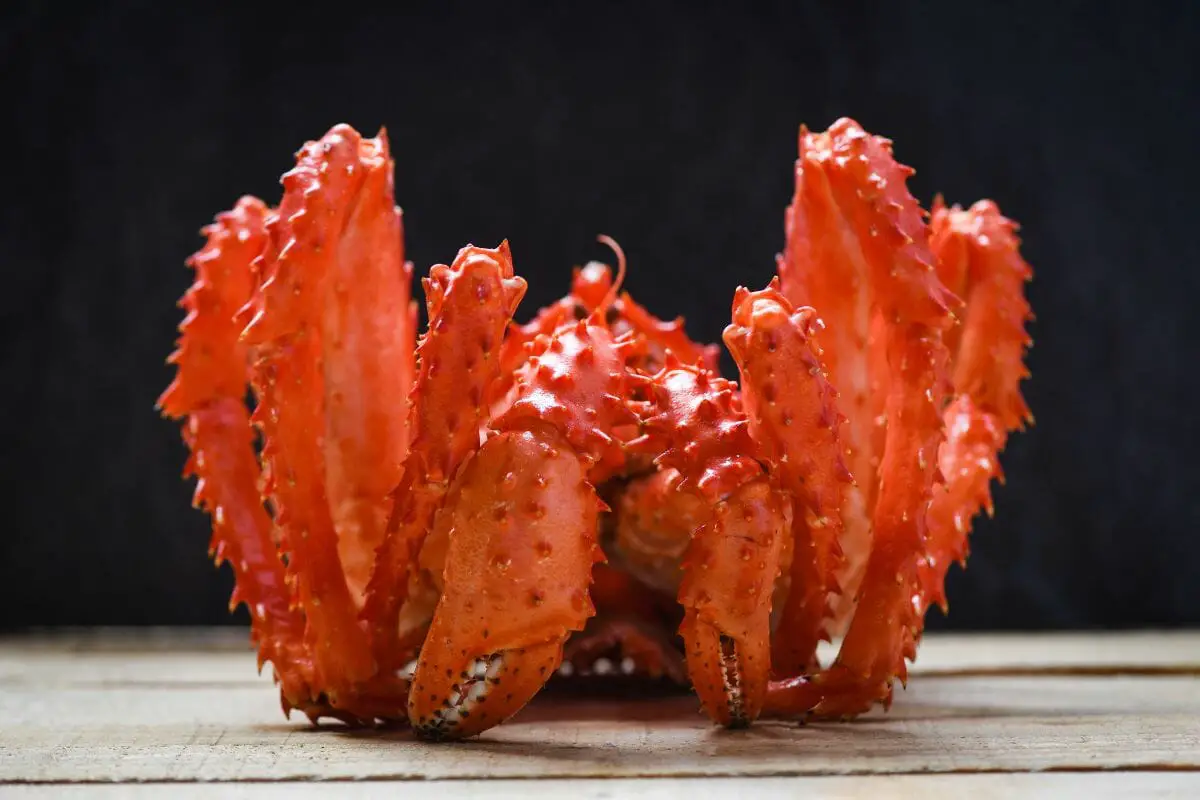
These giant crabs (Paralithodes californiensis) typically inhibit cold waters in the North Atlantic.
Their shell, called carapace, protects them from the rough waves in these parts of the ocean.
However, red king crabs are one of the most popular crab species which is caught as food.
They can weigh up to 12 pounds and even have a leg span of up to six feet.
Wood Tick
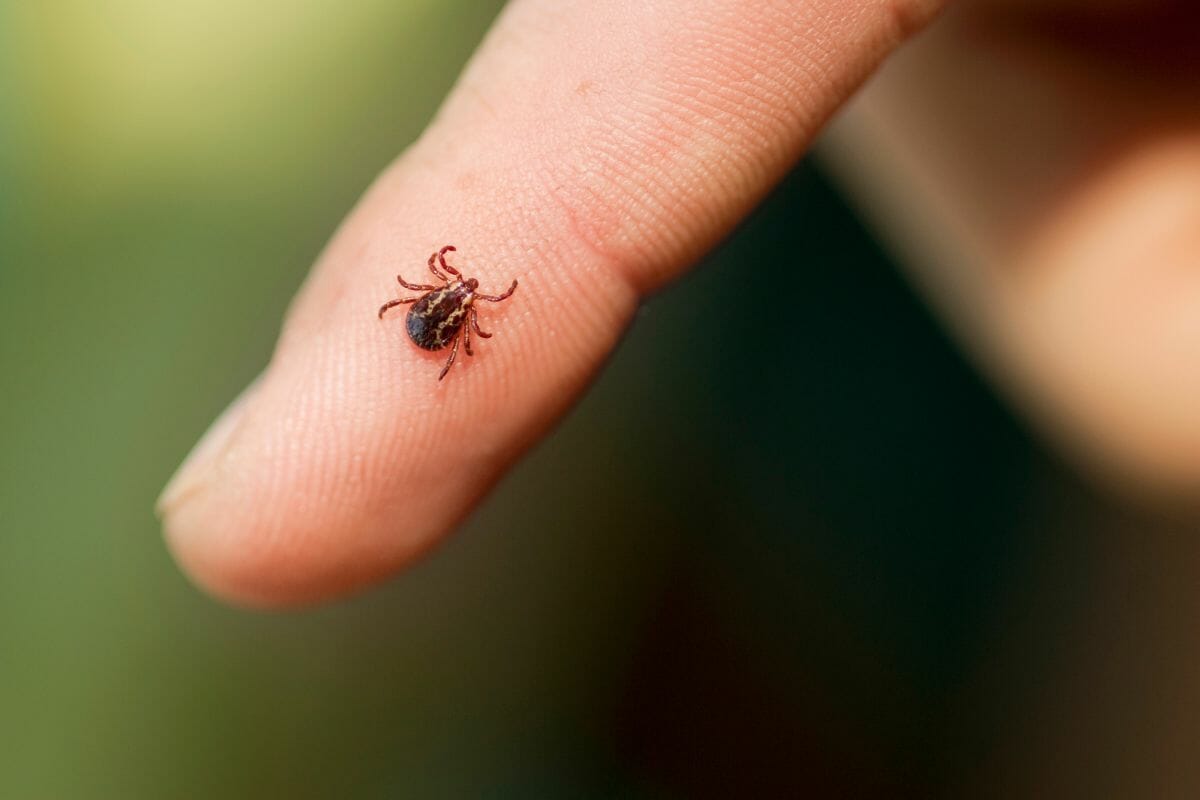
From one of the larger animal to the smallest, the wood tick may not look like it has a shell but its soft body is protected by an extremely hard outer body.
They live in grassy areas or woodlands where they wait for innocent dogs, cats and other mammals to pass.
Then they cling onto the animal’s skin and suck their blood.
What makes wood ticks so dangerous however is that they can carry a number of different diseases, and you cannot kill a tick by stepping on it due to its hard shell.
Texas Ironclad Beetle

Its name already hits at the strength of this little beetle’s shell.
The ironclad beetle (Zoperus haldemani) can be found in Mexico and the Southwest US.
This beetle’s shell also has another purpose than protecting it from predators.
It helps the animal to retain water in the hot desert surrounding where it naturally lives.
Ironclad beetles are just an inch long, and they are nocturnal which means that they only go out for feeding on lichens and fungi over night.
One interesting fact about these beetles is that they can pretend to be dead when they are threatened, and they can stay in this state for days.
Thanks to their hard shell, you could not kill one of these beetles if you stepped on it, and scientists also found that it takes a significantly longer time to kill an ironclad beetle with insecticide.
Longhorn Cowfish
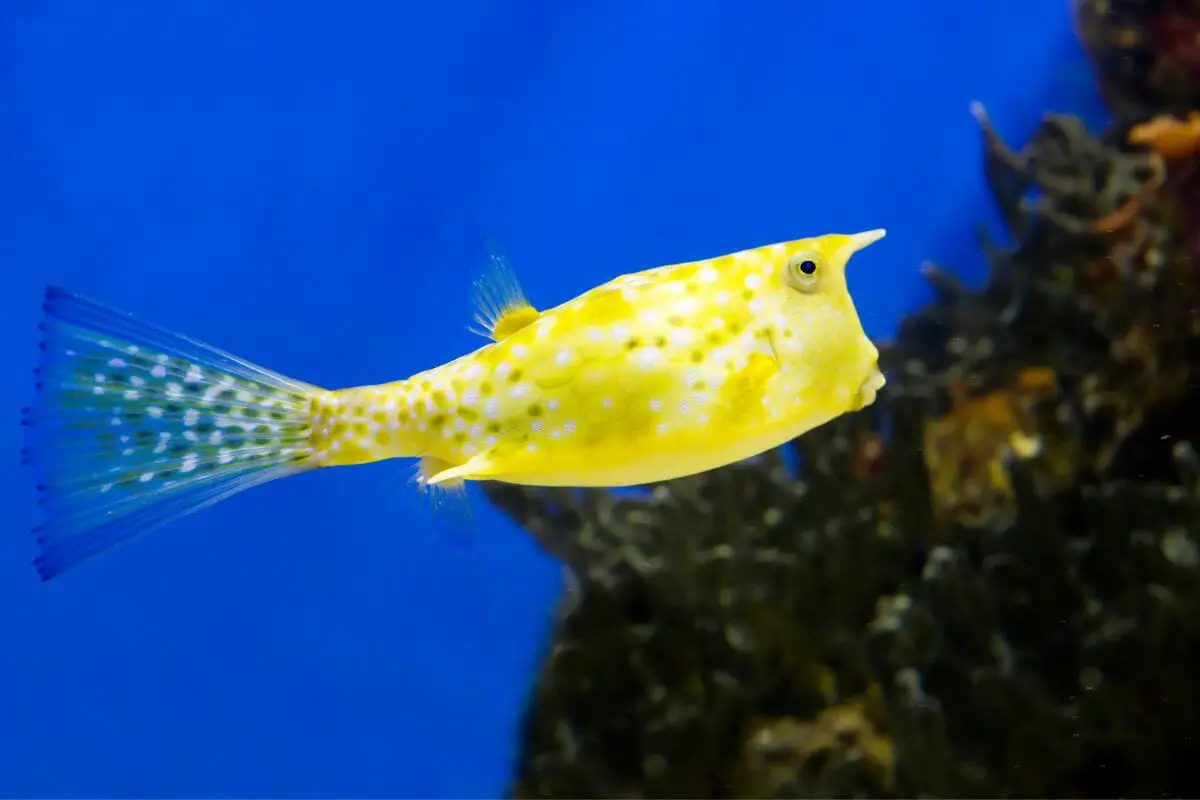
When you look at this bright yellow fish, you know that you should not mess with this fish.
Its shell is just one off the many weapons that this fish has in store. The yellow corn and its horns on its head indicate danger to predators.
A member of the boxfish family, the longhorn cowfish (Lactoria cornuta) is also extremely poisonous.
Chambered Nautilus
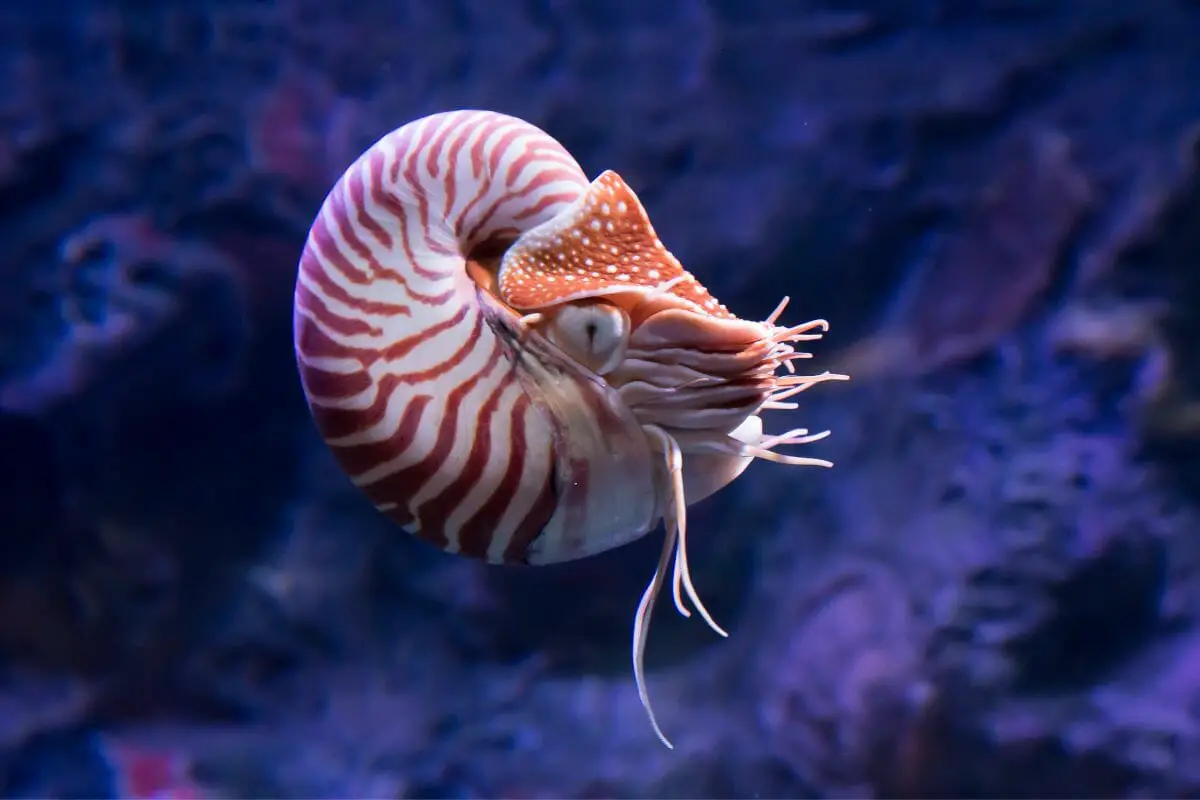
Chambered nautilus (Nautilus pompilius) are considered living fossils, and when you look at their ammonite shells, you can see why.
Their shells help protect them from predators, and they can vary widely in color and size.
Unfortunately, chambered nautilus are almost extinct because of their beautiful shells.
Many other mollusks, such as the trumpet shell, mussels and clams, are also protected by law.
Turtles And Tortoises
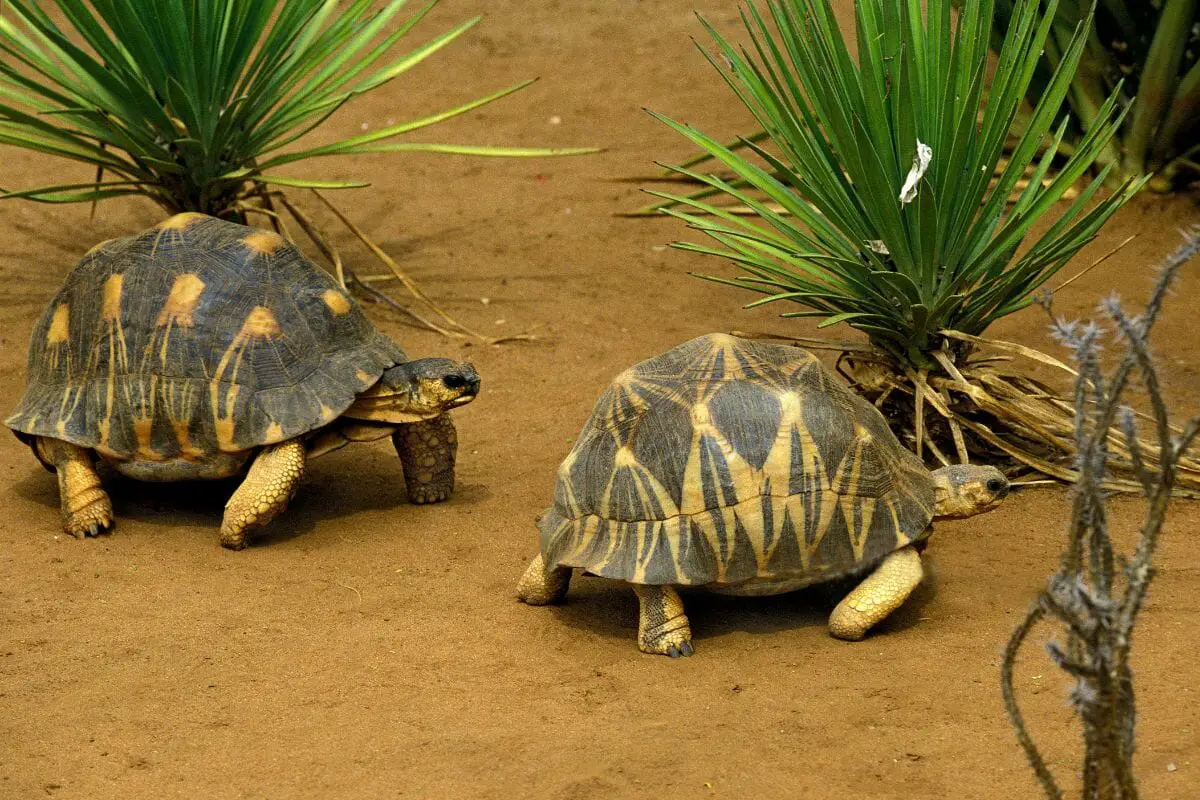
There is a large variety of tortoises and turtles, all which have a protective shell.
One well-known species is the pond slider (Trachemys scripta) that is even sometimes kept as a pet and in ponds, although it doesn’t do well in captivity.
When you imagine a turtle, then it is often the pond slider that comes to mind but there are many other turtles that carry beautiful shells.
Contrary to many rumors, turtles and tortoises cannot live without their shells. Many are born with shells, and the shell grows with their organs.
Armadillo
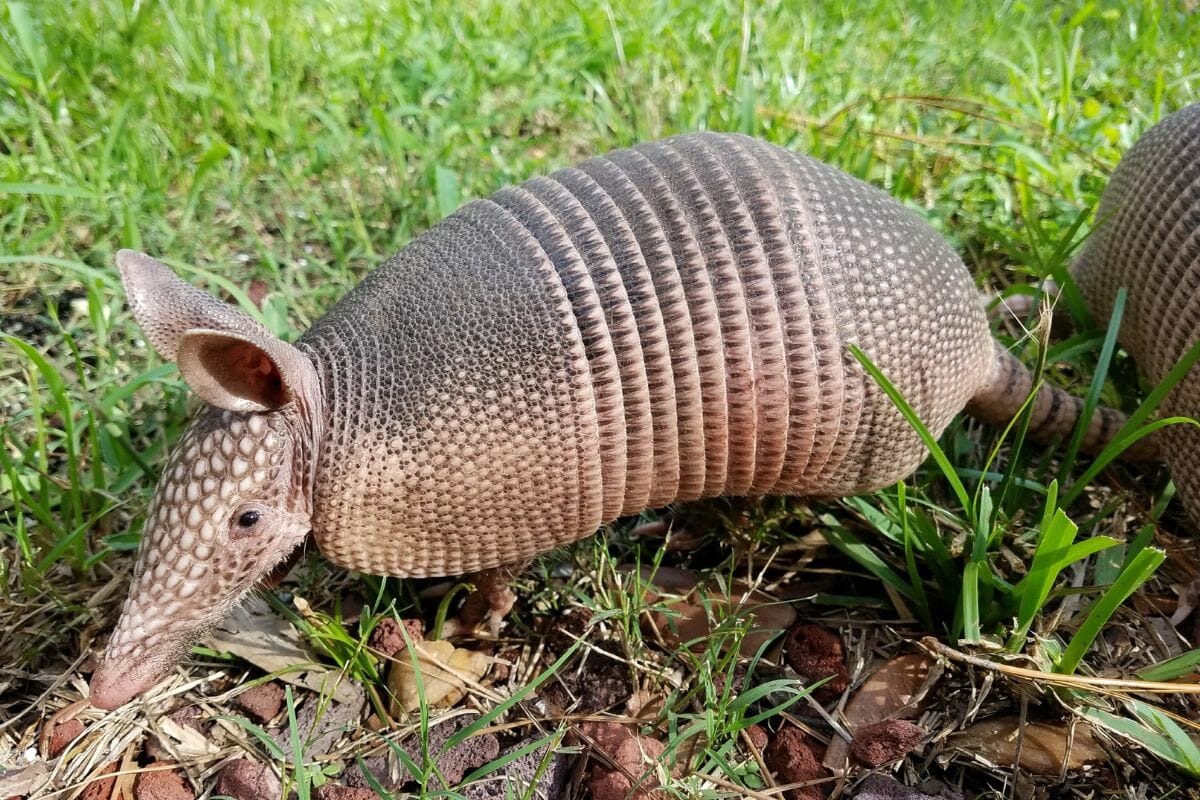
Out of our list of shell-living animals with fish, reptiles and crustaceans, the armadillo (Dasipodidae) is unusual because it is the only mammal that lives in a shell.
Native to Mexico and Southwest America, its name comes from the Spanish term for “small armored one”.
This pretty much designs this beautiful animal. As a baby, an armadillo has a soft shell which gets harder and thicker as it grows.
While an armadillo’s shell provides protection on the top, its underside is bare because the shell doesn’t reach all around its body.
However, this does allow the armadillo to perform another trick. When a three-banded armadillo feels threatened, it rolls itself into a protective ball.
In comparison, a nine-banded armadillo cannot do this, and it usually opts to dig itself into the ground.
Roman Snail

We cannot help but also mention the most common shell animal.
Thinking of an animal with a shell, an elegant Roman snail is what comes to mind first.
The shell of the Roman snail (Helix pomatia) is not fully connected to the animal’s body.
This means that a snail can also abandon its shell, although this typically just happens when a shell is damaged or the snail is outgrowing the shell.
Roman snails can be found all over the world because they adapt incredibly well to different climates.
Final Thoughts
Animals do not just use their shells to hide or protect themselves, but their bodies are also often grown into the shell.
This is the reason why you should never try to remove a shelled animal from its shell.
- What Should I Do If A Koala Bites Me? Safety Guide - 2024-05-30
- Are Kangaroos Born Without Hind Legs? A Fascinating Journey - 2024-05-30
- Animals That Look Like Squirrels - 2024-05-30









